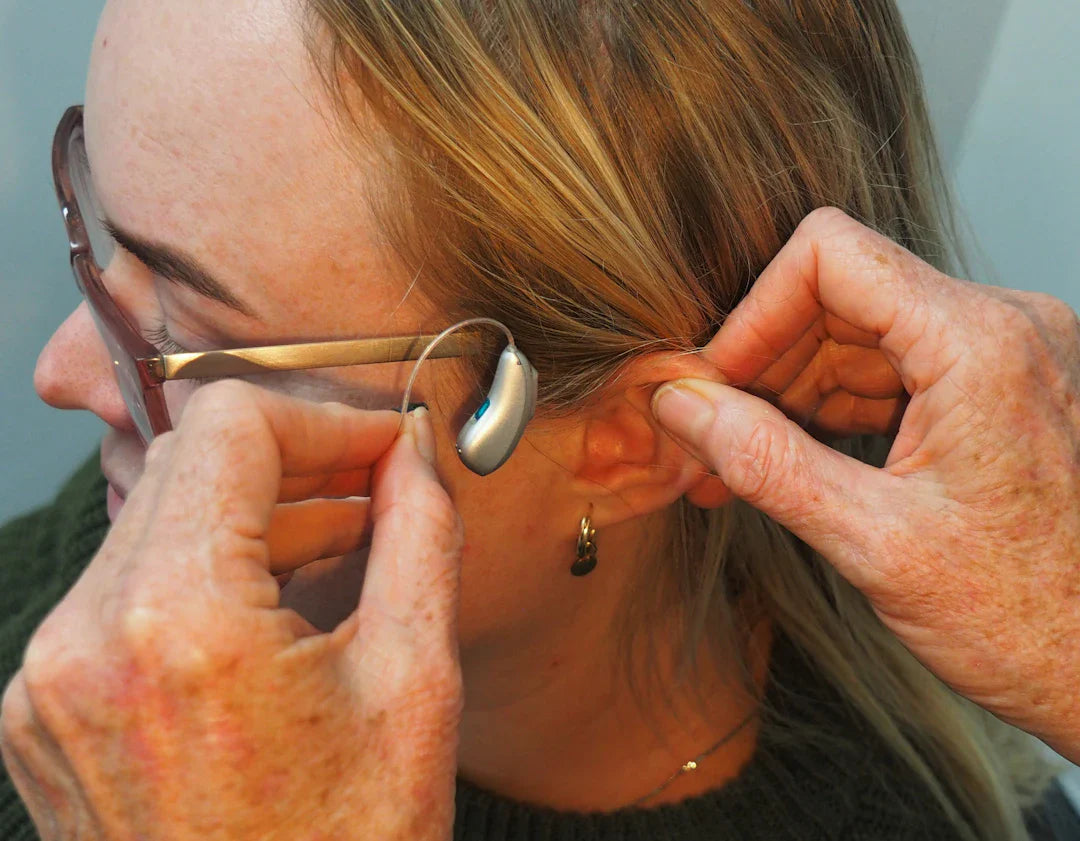Hearing aids are essential devices for those facing the challenges of hearing loss. As technology advances, the landscape of hearing care has transformed, making it accessible to many. However, one critical question remains: what is the affordability of these devices? In this article, we will explore the various factors influencing the cost of hearing aids, the options available, and why investing in your hearing health is invaluable.
Understanding Hearing Loss
Before diving into the affordability of hearing aids, it is crucial to understand hearing loss. Hearing loss can range from mild to profound, affecting daily communication, social interaction, and overall quality of life. Approximately 1 in 6 people in the UK experience some form of hearing loss, a statistic that highlights the importance of finding effective solutions.
What Causes Hearing Loss?
Several factors can contribute to hearing loss, including:
- Aging: Presbycusis is age-related hearing loss that affects many seniors.
- Noise Exposure: Prolonged exposure to loud sounds can damage the hair cells in the inner ear.
- Genetic Conditions: Some individuals may inherit predispositions to hearing issues.
- Health Conditions: Medical issues, such as diabetes or ear infections, can impact hearing ability.
The Role of Hearing Aids in Addressing Hearing Loss
Hearing aids are designed to amplify sounds, making it easier for individuals with hearing loss to perceive them. With a variety of styles and technologies available, people can choose devices that fit their lifestyle and budget. Understanding their cost and the insurance options available can significantly reduce the burden of purchasing these aids.
Types of Hearing Aids
There are several types of hearing aids to consider:
- Behind-the-Ear (BTE): These are worn behind the ear and are suitable for various degrees of hearing loss.
- In-the-Ear (ITE): Custom-moulded to fit the ear canal, these are less visible and convenient for many users.
- Receiver-in-Canal (RIC): These combine a small case behind the ear with a receiver inside the ear, offering high-quality sound.
- Completely-in-Canal (CIC): These are discreet and placed entirely in the ear canal, but may come with restrictions on battery size.
Factors Influencing the Cost of Hearing Aids
The cost of hearing aids can vary significantly depending on several factors:
Technology Level
Hearing aids come with varying technology levels ranging from basic to advanced. Advanced models often feature enhanced sound quality, noise cancellation, and Bluetooth connectivity, making them more expensive. Some users may benefit from investing in these high-tech options, especially if they lead to improved communication and a better quality of life.
Professional Services
When purchasing hearing aids, the price often includes services from audiology professionals. These services may encompass:
- Initial hearing assessments
- Fitting and adjustments
- Follow-up appointments for programming and support
These personalised services ensure that users maximise the benefits of their hearing aids, which further influences the overall cost.
Brand and Warranty
Brand reputation and warranty offerings can also impact pricing. Well-known brands may charge more due to their commitment to quality and customer service, while warranties provide peace of mind regarding repairs and servicing. While some may choose to buy Signia Pure 312 for its advanced technology and reputable service, there are many affordable brands too.
Exploring Financial Assistance and Payment Options
Understanding the financial aspects of purchasing hearing aids can ease the stress associated with their affordability. Various avenues exist for consumers seeking assistance:
Insurance Coverage
Many health insurance plans offer coverage for hearing aids either partially or fully. It is advisable to check with your insurance provider to understand applicable benefits, deductibles, and potential out-of-pocket expenses. Various plans target hearing care and may cover the evaluation and fitting services, further helping to offset overall costs.
Government Assistance
In the UK, there are programmes available providing assistance for those who cannot afford hearing aids. The NHS offers hearing aids to eligible patients at no charge after a thorough assessment by an audiology professional. While options are limited compared to private-sector alternatives, NHS hearing aids remain a viable choice for many individuals.
Flexible Payment Plans
In addition to insurance and government assistance, many hearing aid providers offer flexible payment plans. These options allow consumers to spread the cost over an extended period, making it more manageable. It’s advisable to inquire about financing options to ensure you receive the necessary support without straining your budget.
Maintenance and Care for Long-Lasting Hearing Aids
Proper maintenance of hearing aids not only prolongs their life but also enhances their functionality. Regular care can prevent the need for costly replacements over time.
Regular Cleaning
Daily cleaning and maintenance of your hearing aids are crucial. Built-up earwax can affect their performance, so engaging in earwax removal techniques or consulting with a professional can ensure optimal sound quality and device functionality.
Battery Replacement
Many hearing aids are powered by disposable batteries, which need regular replacement. Keeping a stock of batteries or considering rechargeable models can reduce recurring costs associated with power supply.
Servicing and Repairs
Regular servicing and maintenance are vital. Professional cleanings or programming adjustments keep your device functioning correctly. Many providers offer annual maintenance plans to make this easier.
Why Investing in Your Hearing Health is Essential
Despite the costs involved, investing in hearing aids can offer numerous benefits, including:
- Improved Communication: Enhanced communication helps maintain social connections and prevents isolation.
- Better Quality of Life: The ability to engage fully in conversations and enjoy auditory experiences is invaluable.
- Increased Physical Activity: Hearing aids can encourage individuals to participate more in their surroundings, leading to a healthier lifestyle.
Finding the Right Hearing Aid for You
Ultimately, the right hearing aid will depend on individual preferences, lifestyle, and specific hearing loss situations. Consulting with an audiology professional is essential in selecting the most suitable device. They can guide you through various options, helping you understand what to expect in terms of cost and functionality.
A Final Note on Your Hearing Journey
As you consider the affordability of hearing aids, remember the importance of prioritising your hearing health. With proper research, thorough consultations, and the right support, achieving a clear and enriched auditory experience is well within reach. Don't let financial constraints deter your ability to enjoy the sounds of life; explore the available options, and take the first step towards better hearing today!




